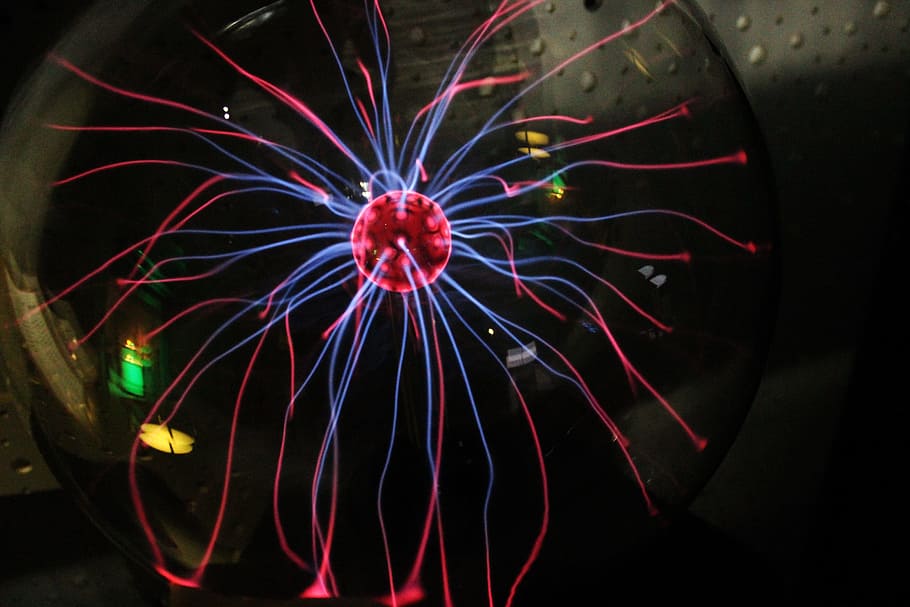
The only options available to patients for managing their type 2 diabetes are pills and injections. These can have unpleasant side effects and can sometimes be cumbersome to perform. In the future, perhaps a third option may be available, centered around electromagnetic fields that can regulate blood sugar. According to a new study, this non-invasive type of treatment was successful in mice with diabetes.
A remote control for managing diabetes
Calvin Carter, a postdoc at the University of Iowa, was working with mice for a totally unrelated study of the effects of electromagnetic fields (EMF) on the brain and behavior of animals. His colleague Sunny Huang asked Carter to borrow some mice for his Ph.D. project, which required him to practice drawing blood and measuring blood sugar levels.
The mice that Carter used in his experiments all had type 2 diabetes, so they should have high blood sugar. But Huang was shocked to find the mice had normal blood sugar levels.
“That’s what sparked this project,” Carter said. “Early on, we recognized that if the findings held up, they could have a major impact on diabetes care.”
Although they’re invisible, electromagnetic fields are all around us all the time, whether it’s artificial EMFs generated by mobile devices or natural ones generated by electric charges in the atmosphere.
Sometimes these EMFs can influence biological mechanisms. You’ve probably heard all sorts of rumors and conspiracies about 5G and the wireless network’s potential harms to our health. Some have gone as far as saying the current coronavirus pandemic has been triggered by 5G networks. That’s just ridiculous and false, as we previously showed.
But that doesn’t mean other types of EMFs don’t have a biological effect. Birds, turtles, whales, and many other migratory animals can sense the Earth’s electromagnetic field in order to orient themselves for navigation.
While reviewing scientific literature published during the 1970s, Carter stumbled upon some studies that pointed to quantum biological phenomena whereby EMFs may interact with certain molecules.
“There are molecules in our bodies that are thought to act like tiny magnetic antenna, enabling a biological response to EMFs,” Carter says. “Some of these molecules are oxidants, which are studied in redox biology, an area of research that deals with the behavior of electrons and reactive molecules that govern cellular metabolism.”
Carter and colleagues at the University of Ohio and Brigham Young University probed the action of an oxidant molecule known as superoxide, which was previously identified as playing a role in type 2 diabetes.
When superoxide molecules were removed by researchers from the livers of mice, the effects of EMFs on blood sugar and the insulin response were blocked. What’s more, experiments suggest that EMFs alter the signaling of superoxide molecules, prolonging the activation of an antioxidant response and rebalancing the response to insulin.
“Exposure to electromagnetic fields (EMFs) for relatively short periods reduces blood sugar and normalizes the body’s response to insulin. The effects are long-lasting, opening the possibility of an EMF therapy that can be applied during sleep to manage diabetes all day.”
These findings are quite fantastic, but can they be translated to humans? After all, animal studies are often poor predictors of responses in humans. However, experiments performed on human liver cells that were treated with EMFs for six hours also showed that a surrogate marker for insulin sensitivity improved drastically. This lends some hope that it may be indeed possible to translate this therapy to humans.
According to the World Health Organization, low-energy EMFs are considered safe for human health, and Carter and colleagues found no evidence of any adverse effects in the mice used in the study. Nevertheless, the researchers plan to repeat these experiments on pigs, whose hearts and cardiovascular system more closely resemble those of humans. If all goes well, they plan to commence clinical trials that may show that magnetic fields can treat type 2 diabetes in humans.
“This project is so out there and so unique. It’s not really something you see, even in science these days,” Huang said. “I think being grounded in evidence and also having the backing of these reputable institutions is a testament to the fact that this is real and there are really interesting things going on here.”
The findings appeared in the journal Cell.









